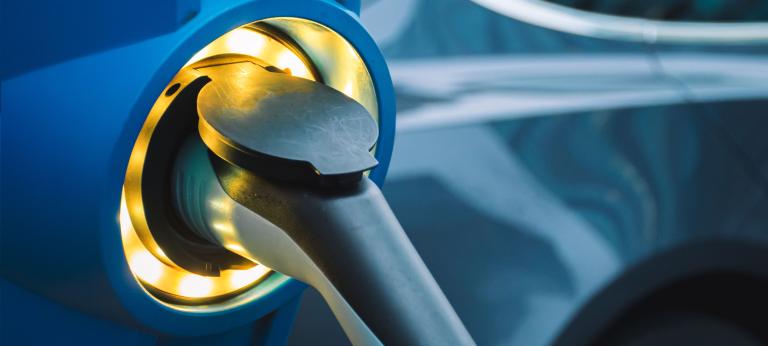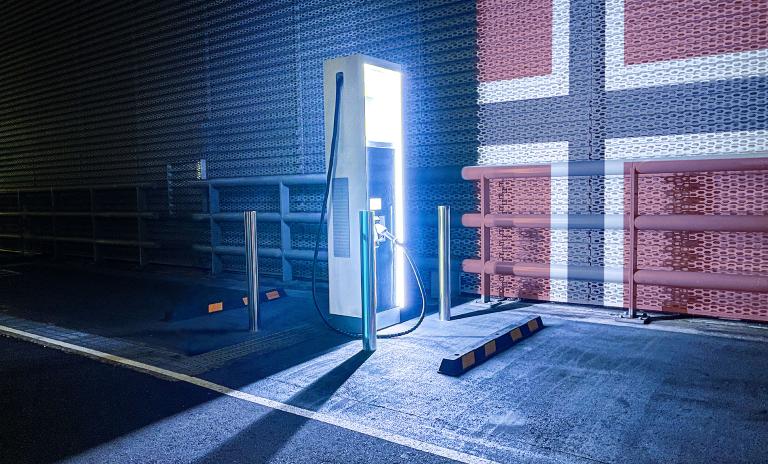EV Charging Index: Expert insight from Norway
![{[downloads[language].preview]}](https://www.rolandberger.com/publications/publication_image/23_2077_art_ev_charging_index_deep_dive_norway_cover_download_preview.jpg)
The world leader for EV adoption, Norway now aims to improve its public charging infrastructure. Discover more in the Roland Berger EV Charging Index 2023.


At 87%, EV sales penetration in Norway is much higher than any other country. But its public charging infrastructure has not expanded at the same pace – an issue the government now aims to address with its new national charging strategy.

Norway is still the world's best when it comes to EV adoption. The sales penetration rate of 87% is more than 25% ahead of any other country. This is mostly down to its long history of substantial financial incentives for electric vehicles, with the strong purchasing power of Norway’s citizens also a factor. The government remains committed to e-mobility: by 2025, it aims to ensure that all new cars sold are zero-emission vehicles. Alongside this is a growing recognition that Norway’s charging infrastructure has not developed at the same rate. Earlier in 2023, the government released its national charging strategy, which aims to address this.
There is a home charge point for almost every EV (1.1 vehicle-to-point-ratio), but the country’s public charging system requires expansion. The vehicle-to-point ratio of 24.3 for public charging is some way above the global average of 15.9, while a 17% growth rate in public charging is also below average (21%). Norway does perform better in terms of fast charging. It has implemented fast-charging stations in 50-kilometer increments on all its main roads, and 36% of its public chargers are DC, versus a global average of 22%.
The new national charging strategy focuses on numerous factors to improve infrastructure for both passenger vehicles and, increasingly, commercial vehicles. Chief aims include: improving grid connection processes and reducing installation times for charge stations; giving more consideration to EV charging stations when it comes to land allocation; and ensuring public chargers are easier to use by introducing a standardized payment solution and uniform price information, among other changes.
Elsewhere, the government is also providing grants for housing associations to cover up to 20% of the purchase and installation costs for EV chargers. This is important for those living in apartment blocks without access to private home chargers.
Like its Nordic neighbours, Norway is phasing out policies that favour EVs over internal-combustion-engine vehicles as it has already reached the tipping point for EV adoption. There is now 25% VAT on all new car purchases over NOK 500,000 (EUR 44,000), which removes a previous exemption for EVs. In 2022, the government also reduced the tax reduction for electric company cars to 20% from 40%.
![{[downloads[language].preview]}](https://www.rolandberger.com/publications/publication_image/23_2077_art_ev_charging_index_deep_dive_norway_cover_download_preview.jpg)
The world leader for EV adoption, Norway now aims to improve its public charging infrastructure. Discover more in the Roland Berger EV Charging Index 2023.
Sign up for our newsletter and get regular updates on Automotive topics.